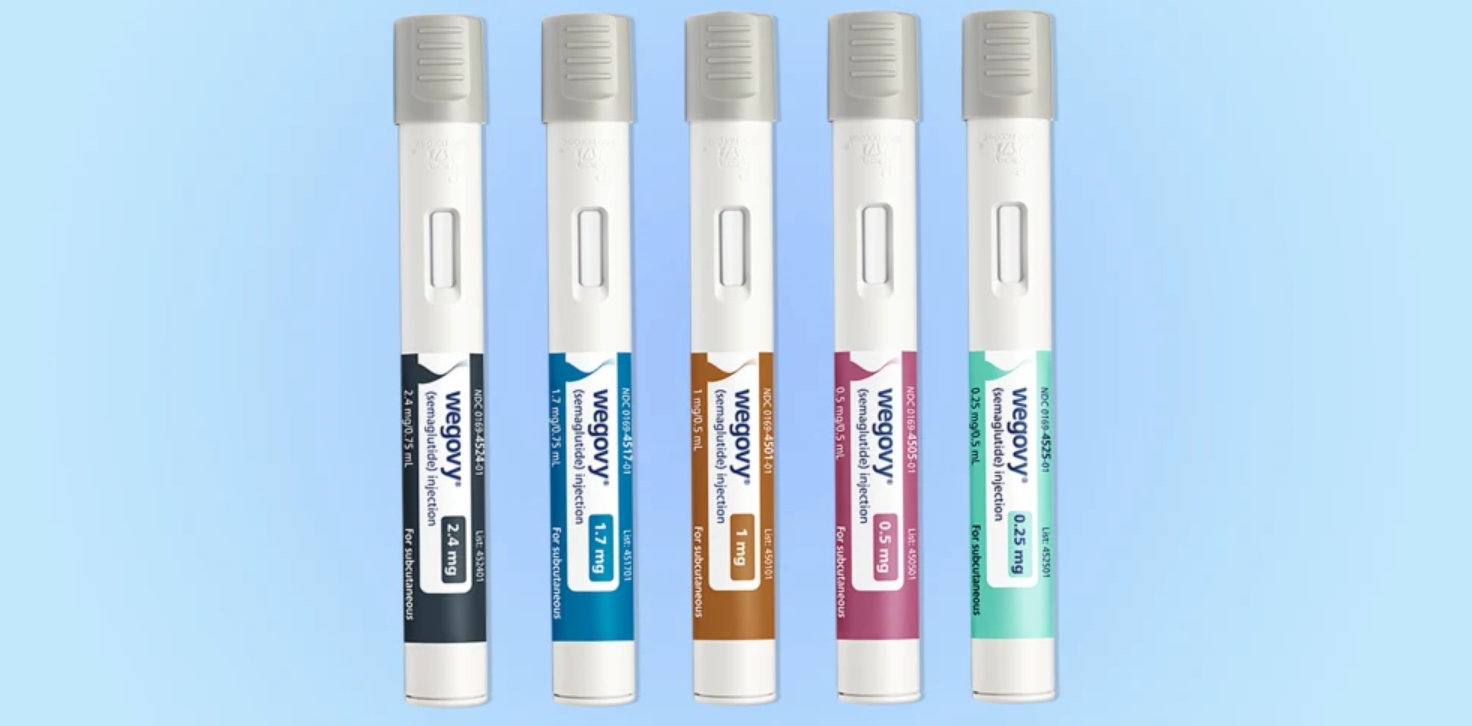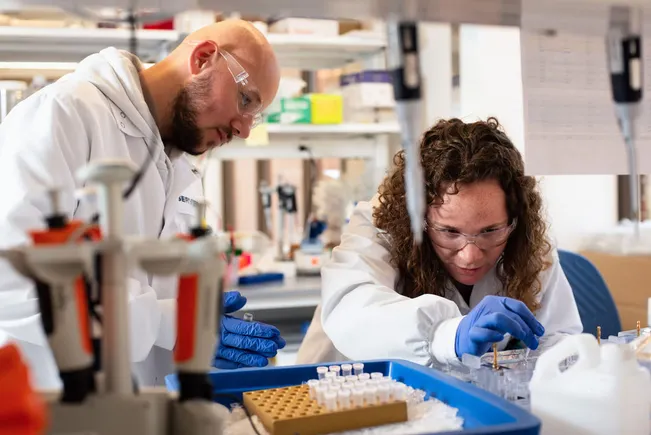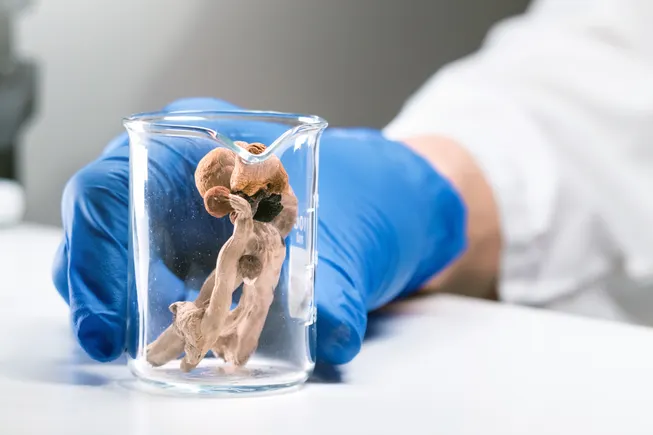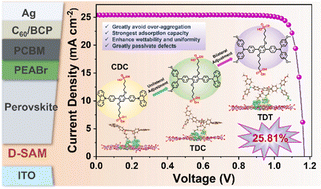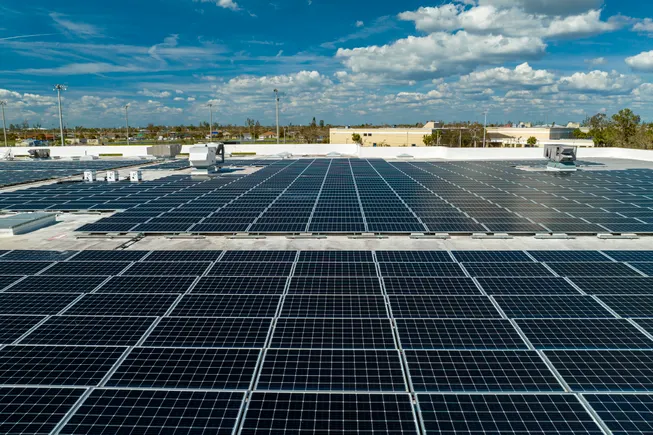SCOF Hollow Fiber Constructing Ion Selective Conduction Nano‐Pipeline Network for Vanadium Redox Flow Batteries
Advanced Energy Materials, EarlyView.

For the first time, the hollow fiber covalent organic framework is fabricated via dissolution-diffusion control of monomers in different solvents during the electrospinning-solvothermal synthesis. The ion transport can be improved through liquid uptake in hollow cavities to establish a continuous H+/Vn+ ion-selective conduction nano-pipeline network in the membrane to maximize the advantages of sulfonated covalent organic framework material.
Abstract
Hollow covalent organic frameworks (COFs) can decrease the resistance of proton conduction, however, the current micro-spherical or nano-rod morphology makes COFs only act as a disperse phase in membranes due to low aspect ratio. Herein, hollow fiber morphology of sulfonated covalent organic framework (HF-SCOF) is fabricated for the first time via a dissolution-diffusion control of monomers in different solvents during the electrospinning-solvothermal synthesis. The HF-SCOF mat is long-range orientated, with water/acid uptake in core cavity layer, and abundant sulfonic acid groups and protonated secondary amine along shell layer, thus establish continuous H+/Vn+ ion selective conduction nano-pipeline network in the membrane to maximize the advantages of SCOFs materials. Densified by sulfonated polybenzimidazole, the composite membrane exhibits excellent performance of vanadium redox flow battery. The energy efficiency reaches 81.9% at a high current density of 200 mA cm−2, and keeps stable during 1000 charging/discharging cycles, surpassing the performance of currently reported COFs-based membranes.




























































